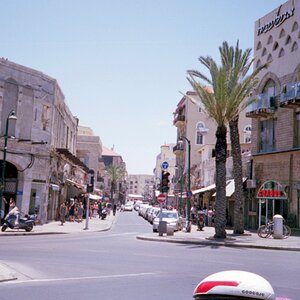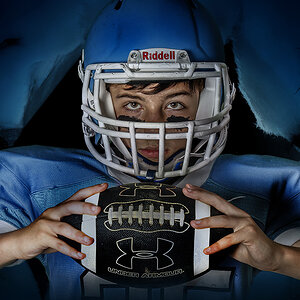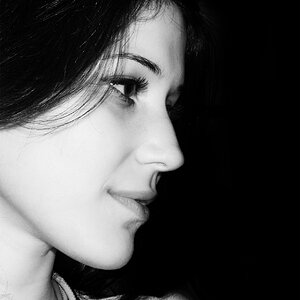o hey tyler
Been spending a lot of time on here!
- Joined
- Aug 3, 2009
- Messages
- 9,784
- Reaction score
- 2,727
- Location
- Maine
- Can others edit my Photos
- Photos NOT OK to edit
OK, so this nitpicky BS started when I pointed out how regrettable it was that you can't fine-tune AF on the entry-level Nikon bodies. You can use the manual-focus/live-view method for testing a lens, but it's not like you're going to be able to use this method for every-day shooting.
That depends entirely on what you shoot.










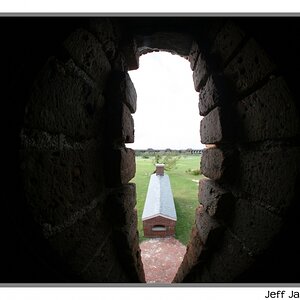
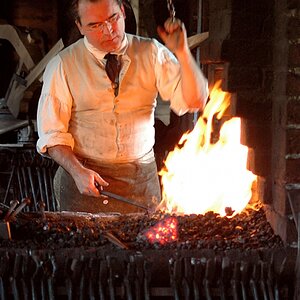
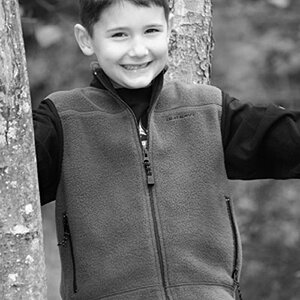
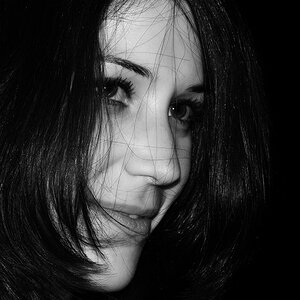
![[No title]](/data/xfmg/thumbnail/35/35964-c65699557292548e7f4d384b3ca48534.jpg?1619737280)
